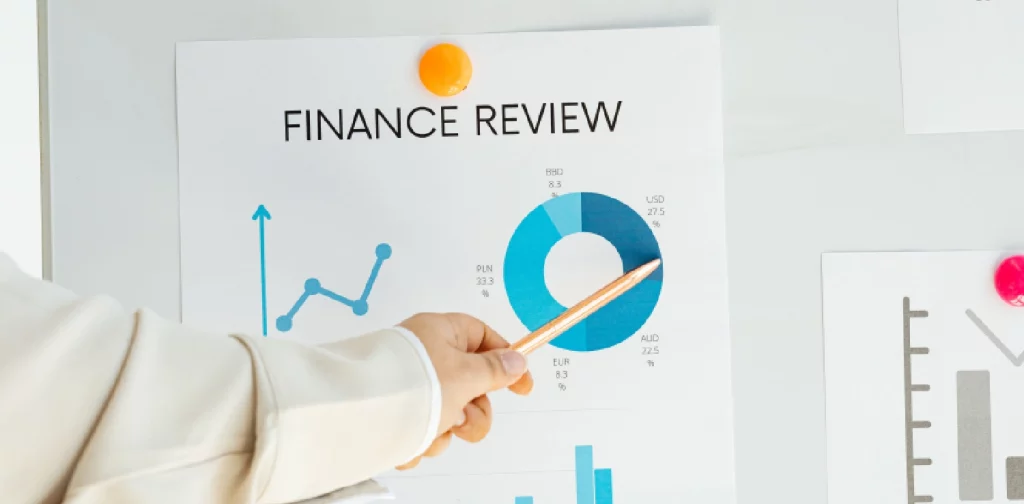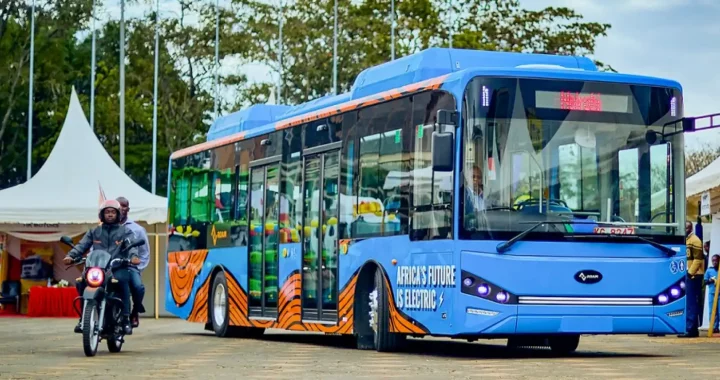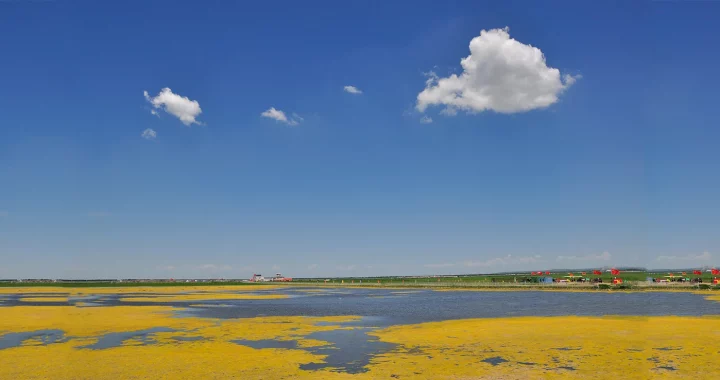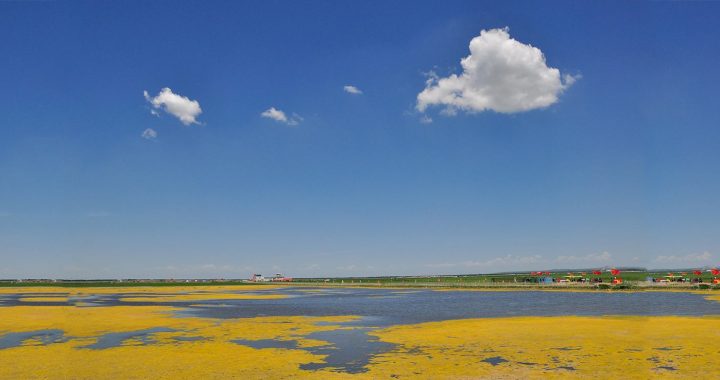Come Back Stronger: Building Philippines’ Resilient Economy Post-COVID-19

Photo by Karolina Grabowska on Pexels.
The COVID-19 pandemic inflicts us with multiple crises. Economic recovery is crucial, yet some countries struggle to bounce back from almost three years of mobility restriction. Recently, the World Bank approved funding to support financial sector resiliency and strengthen recovery in the Philippines.
The economic roller-coaster
The COVID-19 pandemic punched us all in the gut. The Philippines fell into a deep recession in 2020 due to the pandemic, with GDP declining by 9.6% per year. It’s a striking contrast to the previous years’ rapid economic growth.
Ronald U. Mendoza, a professor at Ateneo de Manila University, stated two reasons behind the country’s economic fallout. First, the Philippines’ economic model, built around people’s mobility, appears more vulnerable to disease outbreaks. Second, the government seems to struggle to contain the disease and strengthen its healthcare systems, causing a prolonged lockdown.
Fortunately, 2022 was the year of recovery for the Philippines. The World Bank report released in December 2022 states that the Philippines’ economy was projected to grow by 7.2% in 2022 before steadying into an average of 5.7% growth in 2023. Furthermore, the World Bank recently approved funding for the Philippines’ policy financing recovery to further support the country’s economic resiliency and sustainability.
Towards Philippines’ economic resiliency
A resilient economy provides a powerful ground for a better life. As the earth’s warming and the future becomes more unpredictable, creating inclusive financial instruments for resilience against disasters becomes increasingly crucial. Currently, only 51% of citizens aged 15 and above have a transaction account in the Philippines. In the bottom 40% of the population, only 34% of adults have an account.
Under the Philippines Second Financial Sector Reform Development Policy Financing program, the US$600-million fund will continue to support three policy reform areas:
- Financial sector’s stability, integrity, and resilience
- Financial inclusion for individuals and firms, especially micro, small, and medium enterprises (MSMEs)
- Climate and disaster risk finance to help protect Filipino families from the impacts of climate change and natural disasters
Some highlights of this program include integrating climate and environmental risks in financial institutions’ risk management frameworks and encouraging green investments from private sectors. The program also aims to promote innovative financial services by utilizing digital technologies.
“Policy actions that strengthen the stability of the financial sector – including banks and insurance companies – will help Filipino families, businesses, and investors withstand financial shocks and enhance their resilience by ensuring that problems in these financial institutions are detected at an early stage without severe disruptions to the economy,” said Ndiamé Diop, World Bank Country Director for Brunei, Malaysia, Philippines, and Thailand.
Editor: Nazalea Kusuma
If you find this article insightful, subscribe to our Weekly Newsletter to stay up-to-date with sustainable development news and stories from multistakeholder communities in the Asia Pacific and beyond.
Kresentia Madina
Madina is the Assistant Manager for Programs & Partnerships at Green Network Asia. She graduated from Universitas Indonesia with a bachelor's degree in English Literature. She has three years of professional experience working on GNA international digital publications, programs, and partnerships particularly on social and cultural issues.

 Electric Vehicles Roam the Roads of Kenya
Electric Vehicles Roam the Roads of Kenya  FedEx Engages Employees with Beach Clean-Up Initiative
FedEx Engages Employees with Beach Clean-Up Initiative  Inside Experian’s Sustainability Journey: An Interview with Chief Sustainability Officer Abigail Lovell
Inside Experian’s Sustainability Journey: An Interview with Chief Sustainability Officer Abigail Lovell  5 Food System Actors That Have Taken the 123 Pledge to Reduce Food Loss & Waste
5 Food System Actors That Have Taken the 123 Pledge to Reduce Food Loss & Waste  How Protection Law and Global Commitments Can Accelerate China’s Wetland Conservation
How Protection Law and Global Commitments Can Accelerate China’s Wetland Conservation  How Biotechnology Can Support Food Security and Energy Transition
How Biotechnology Can Support Food Security and Energy Transition  Test premium post
Test premium post